El daño al cabello no ocurre de la noche a la mañana. Se instala gradualmente—comenzando con sequedad, puntas abiertas y frizz. Ya sea por exceso de peinados, coloraciones frecuentes o dependencia excesiva de herramientas de calor, el resultado es el mismo: mechones sin vida, flácidos que se sienten ásperos al tacto.
Cabello dañado por el calor, en particular, pierde su elasticidad y textura natural, luego se vuelve quebradizo y opaco. La buena noticia es que el cabello dañado puede revivirse a su salud anterior con buen cuidado y tratamientos adecuados. Esta guía te lleva a través de un enfoque integral sobre cómo reparar el cabello dañado.
Síntomas de cabello dañado que no puedes ignorar
Reparar un cabello dañado puede ser difícil a menos que sepas con qué estás lidiando. Aquí hay señales de advertencia, especialmente para cabello rizado dañado o tratado químicamente:
-
Cabello que se rompe fácilmente al jalarlo
-
Opacidad y aspereza
-
Puntas abiertas y adelgazamiento
-
Demasiado frizz, especialmente en cabello rizado
-
Nudos y dificultad para peinar

Cómo reparar el cabello dañado en casa
Reparar tu cabello comienza con cómo lo tratas día a día. Esto es lo que deberías hacer:
Reduce el Uso de Calor en el Peinado: Deja las planchas, secadores y rizadores. Usa un producto protector contra el calor como Crema ThermalStyleHer de GK Hair si debes peinarte. Protege tu cabello de cualquier daño causado por el uso de calor. Además, es un auxiliar de peinado protector que mantiene tu cabello nutrido.
Cambia a Champús Suaves: Los champús agresivos eliminan los aceites naturales del cabello. En su lugar, usa champús sin sulfatos y humectantes que acondicionan.
Asegúrate de Hidratar Profundamente Regularmente: Un buen acondicionador o mascarilla capilar repone la humedad y la elasticidad.
El Mejor Champú y Acondicionador para Cabello Dañado
Permítenos darte la descripción de ese producto que debes buscar. El mejor champú y acondicionador para cabello dañado son productos que suministran humedad y proteína en ellos.
También debe contener ingredientes como queratina, aceite de argán y extractos naturales de plantas que se utilizan para proteger el cabello.
¿Qué recomendamos? Recomendamos usar Champú y Acondicionador Hidratante de GK Hair. Estos dos son muy ricos en Juvexin, una combinación antienvejecimiento de proteínas basadas en queratina diseñadas específicamente para restaurar tu cabello dañado desde el interior hacia afuera.
Combínalos con este mejor tratamiento capilar, Acondicionador profundo de GK Hair semanalmente para hidratar profundamente y sellar los nutrientes.
Lee más en: ¿Cuáles son los beneficios del champú? Esto es lo que necesitas saber.
Tratamientos Capilares Efectivos
Cuando tu cabello se está dañando o ya está dañado, el mejor tratamiento capilar para cabello dañado es más que solo usar un acondicionador o un champú. Incluye estos productos en tu rutina semanal:
-
Aceites para el cabello: El aceite de argán, el aceite de coco y el aceite de jojoba son conocidos por fortalecer el tallo del cabello.
-
Tratamientos de Proteínas: Restaura la estructura en mechones de cabello dañados.
-
Sprays sin enjuague: Protege e hidrata el cabello todo el día.
Usar Crema Leave-In de GK Hair—hidrata y da brillo a tu cabello sin apelmazarlo. Úsalo con el El Cepillo Ventilado de GK Hair para distribuir el producto de manera uniforme y evitar la rotura.
El cabello rizado necesita un manejo delicado
Si tienes cabello rizado dañado, necesitas tratarlo con cuidado extra. Las texturas rizadas son secas y más propensas a la rotura por naturaleza.
Seca tu cabello con una toalla de microfibra, evita peinados apretados y duerme sobre una funda de almohada de satén. Lava tu cabello usando el método co-washing y usa productos amigables con los rizos como Crema CurlDefineHer de GK Hair para restaurar su textura natural.
Consejos a largo plazo para mechones más saludables
¿Estás considerando mantener tu cabello a largo plazo? La constancia es clave. Aquí te mostramos cómo mantener tu cabello en buen estado:
-
Corta las puntas regularmente para eliminar las puntas abiertas.
-
Evita tratamientos químicos superpuestos.
-
Protege tu cabello del sol. Y usa un sombrero o pañuelo si debes acercarte a la piscina.
-
Come una dieta saludable rica en proteínas. Además, consume grasas saludables para apoyar la salud del cabello desde el interior.
Reflexiones finales
Ahora sabes cómo reparar el cabello dañado. Sin embargo, los resultados no serán inmediatos, así que sé paciente y constante. Con los hábitos adecuados y los mejores productos para el cabello dañado como GK Hair Products, tu cabello se restaurará a su fuerza y brillo originales.

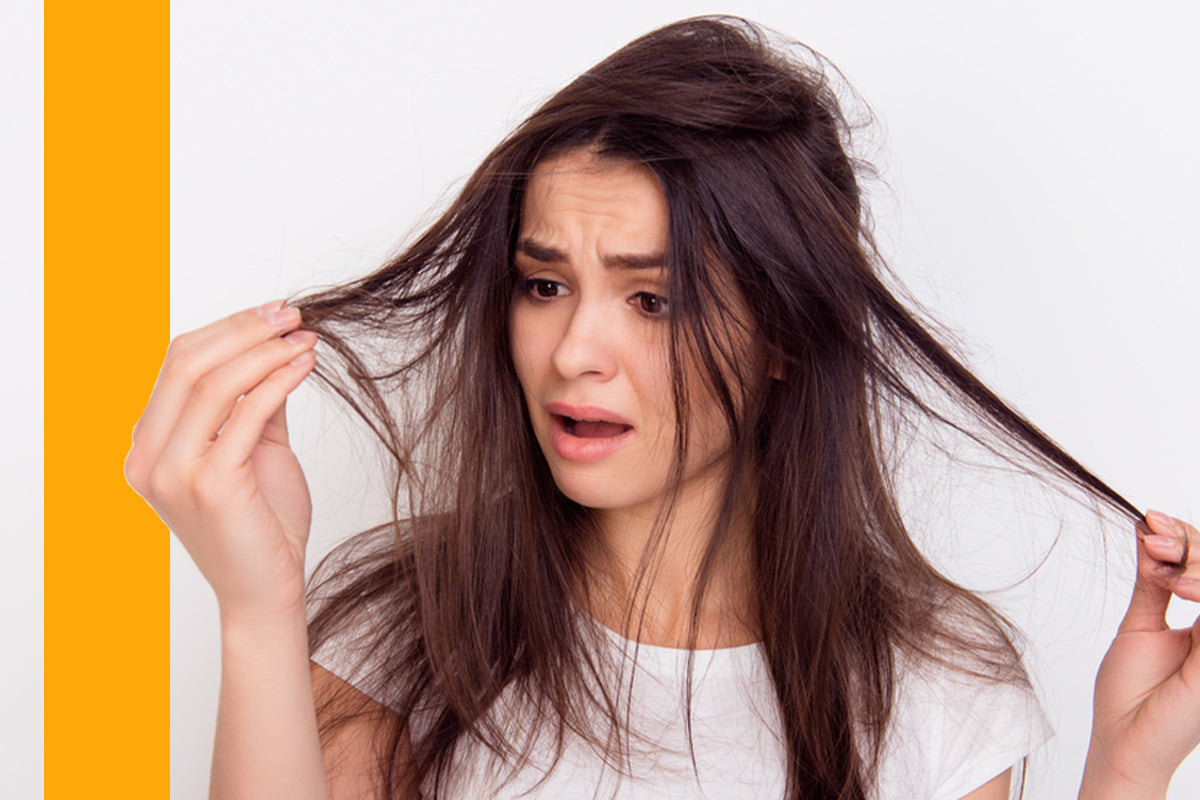
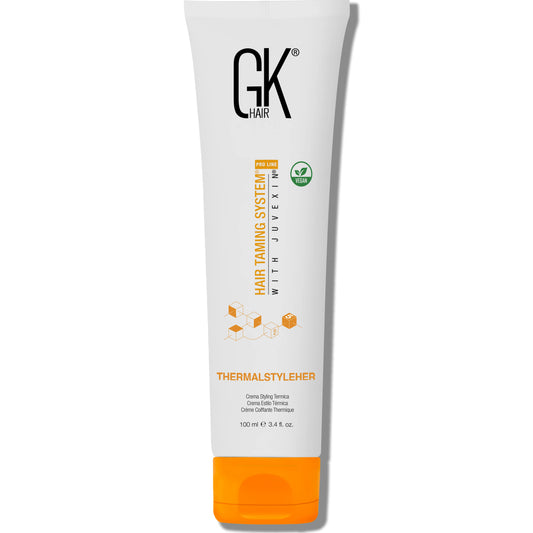

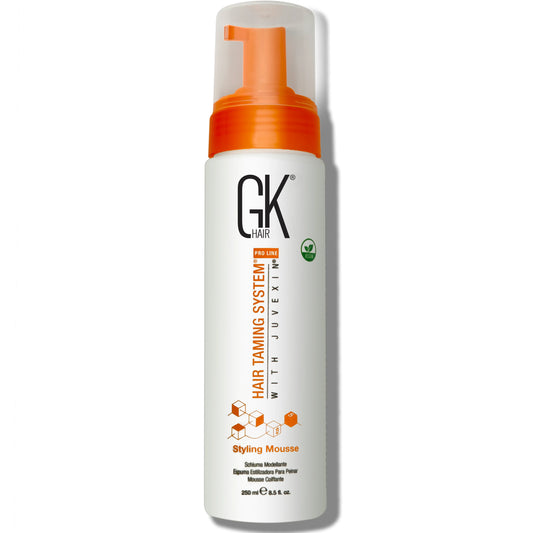
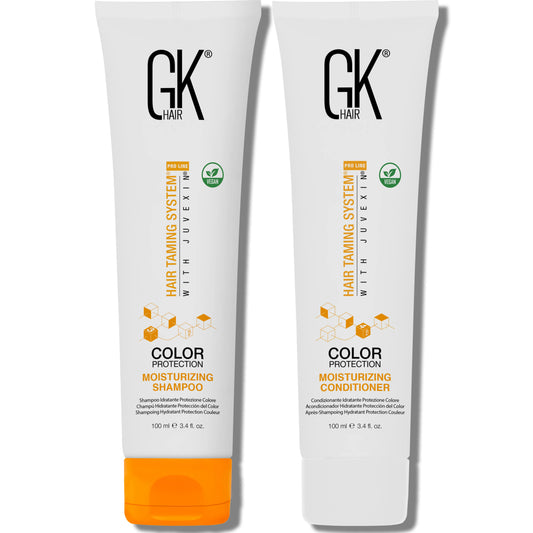
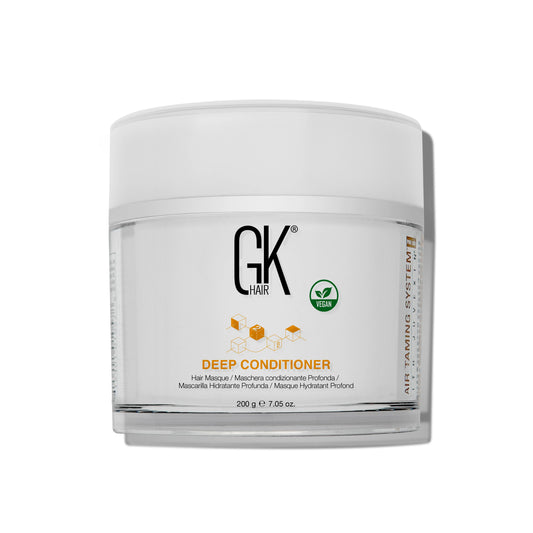
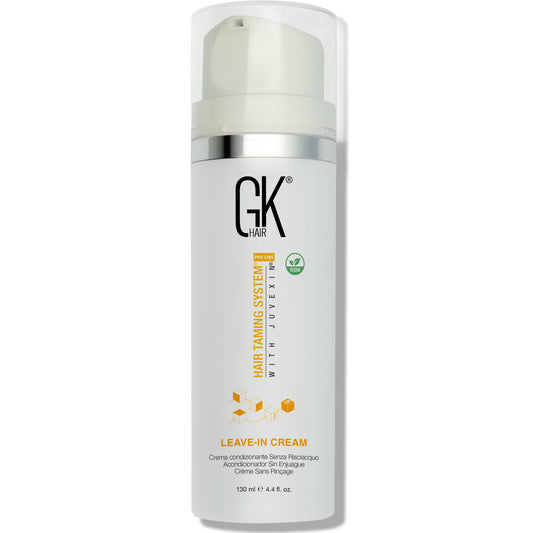
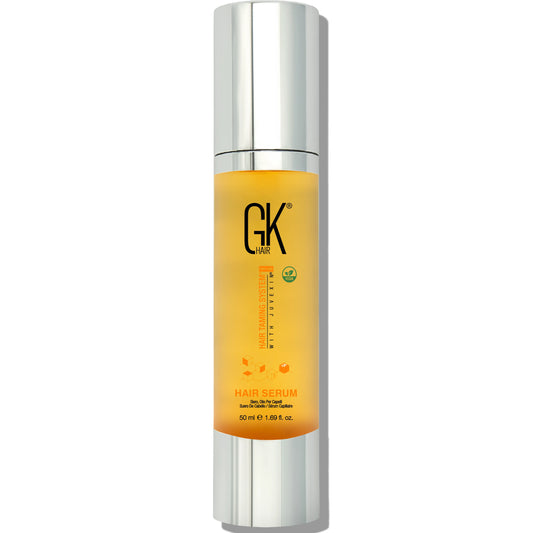
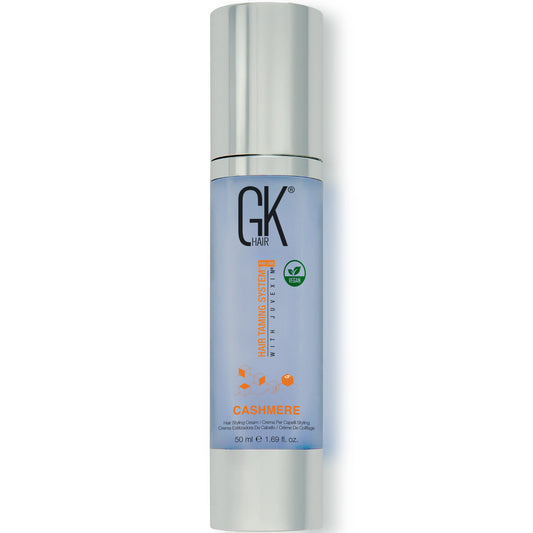




Dejar un comentario